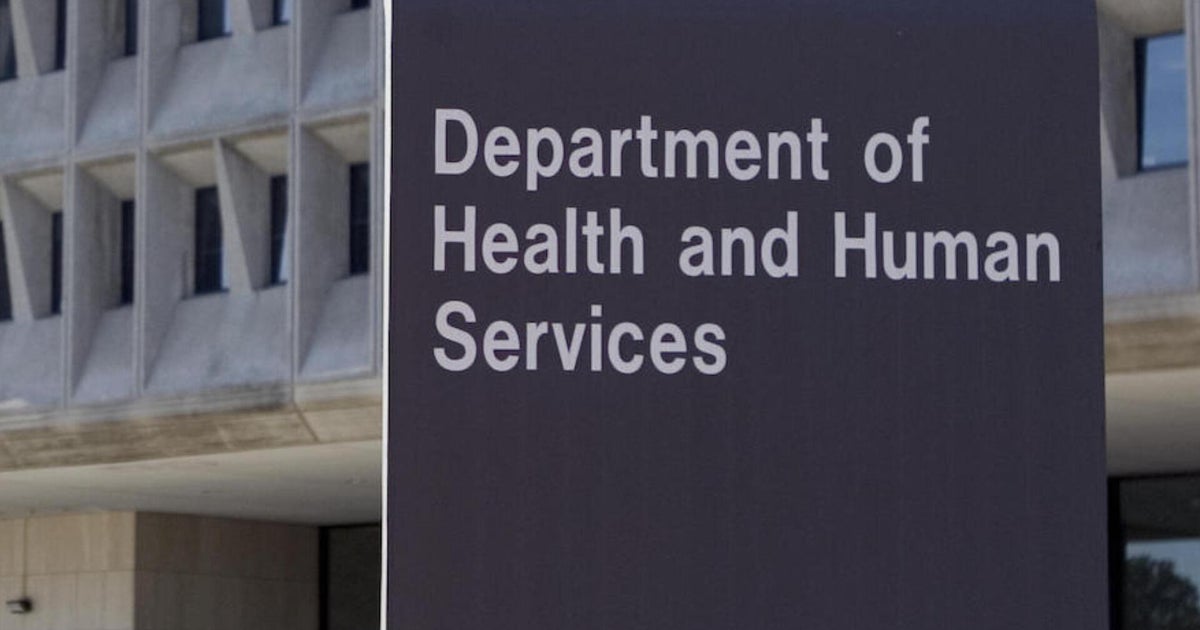"Flattening the curve": Why we need to cancel everything and stay home to help stop coronavirus
Communities are being urged to practice social distancing, some schools are closing, sports and cultural events are being canceled, and companies are asking employees to work from home — even if they're not experiencing coronavirus symptoms. Many are wondering why they are essentially self-quarantined despite the fact that they're not sick. The answer has to do with "flattening the curve" — an answer that could leave some people confused.
You've likely seen "flattening the curve" graphs being used in articles and shared on social media as a way to explain the importance of responding aggressively to curb the spread of the coronavirus. But what does it mean to flatten the curve, and how do we do it?
Friday on "CBS This Morning," CBS News chief medical correspondent Dr. Jon LaPook explained what has become a buzzword in the wake of the outbreak.
"Is it really worth while to do all of this social distancing and hand washing? The answer is yes," Dr. LaPook said. "Normally, right now — without any measures — the epidemic might go up [sharply] and go down. That peak number of cases could overload the system and that's what people are worried about."
His comment referred to the first line of the curve graph — the worst-case scenario line, in which the number of cases spikes dramatically. "There may not be enough doctors, the doctors might get sick, other clinicians, health professionals might get sick, you might not have enough ventilators, other medical equipment. It's a stress on the system," he explained. "If you could do all of these measures and flatten out that curve, so instead of a peak up and down, it's sort of slowly going out."
That's a reference to the second line on the curve graph — the scenario we hope to see. Instead of a huge spike on the graph, like a steep mountain, this line looks more like a gently sloping hill. "It's still going up, and the epidemic may last longer, but it's not putting such a stress on the system at that moment," LaPook said. If the peak number stays lower, hospitals will be more likely to have enough beds, medical staff, and specialized equipment like ventilators for patients who need them.
Measures like social distancing can help communities achieve that second line — a slower growth in the number of cases — so that they have more time and resources to care for all the sick patients.
"Yes, it works. We saw in China the number of cases come down. New cases in South Korea, where they did aggressive testing... we're seeing their cases go down," LaPook said, adding that social distancing measures also helped save lives during the deadly 1918 flu pandemic. Cities that quickly imposed strict closures and quarantines during the 1918 crisis had lower death tolls than cities that didn't.
So, the cancellation of school, work, concerts and other large gatherings might seem annoying, but could ultimately relieve a lot of stress on our health care system and save lives.
Oxford's Our World in Data project explains its "flattening the curve" graph this way: "While the total number who get infected might not change, the containment measures intend to avoid an outbreak trajectory in which a large number of people get sick at the same time."
While more than half of the roughly 128,000 people who've caught the coronavirus worldwide have already recovered, the toll in human lives and dollars is already staggering, and expected to get much worse before it gets better. More than 4,700 people have died, including at least 42 in the U.S.






